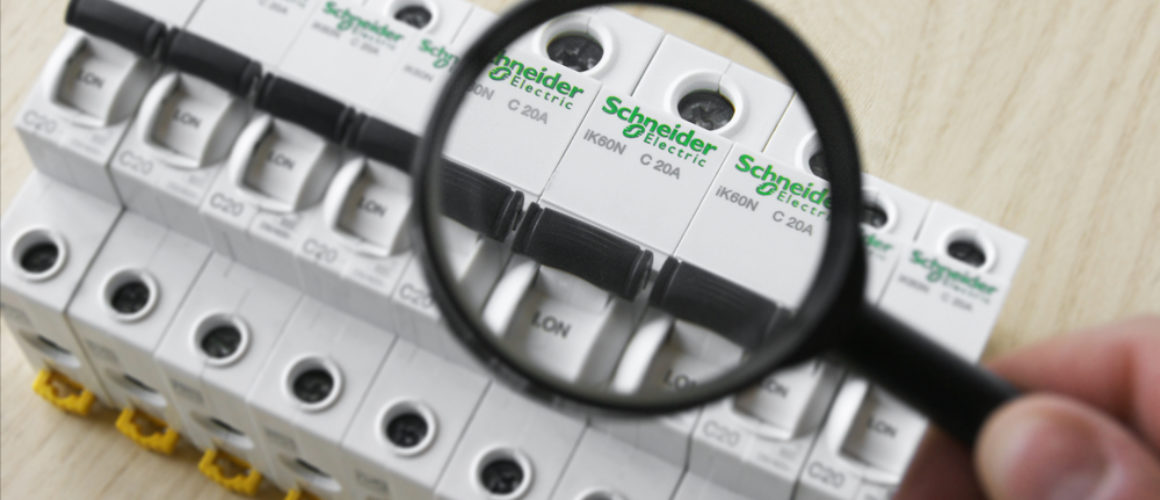MCB vs RCCB vs RCBOs: Choosing the best option
Back in the 70s and 80s, circuit protection generally boiled down to one component – the fuse. But over the last few decades, circuit protection has evolved leaps and bounces. Today, products like the Schneider 9 Acti RCBOs give you some of the best circuit protection technology in the industry.
Depending on when your home was built and what electrical settings you chose, it will have an MCB, RCCB, RCBO, or any combination of the three.
So, what does each device do? And which product should you go for? Here’s a brief but insightful take on the matter.
MCBs
The Miniature Circuit Breaker (MCB) is the most widely used unit on this list. They’re more basic and straightforward compared to the other two units.
You’ll find that the Type-B MCBs are more popular than other types because it’s usually enough for most consumer situations. Type-B MCBs can react quickly to overloads that are 3-4 times greater than the typical load.
MCBs offer protection that covers overload issues. These issues can come in two forms – over-current and short-circuit. However, MCBs cannot protect against earth leakages (residual current), so they’re not enough for comprehensive protection.
RCCBs
Residual Current Circuit Breakers (RCCBs) are sometimes called Residual Current Devices (RCDs). And as the name implies, they offer protection from the residual current. Most domestic settings will have a Type AC RCCB in the circuit.
While MCBs work to stop the overload from ruining your appliances, RCCBs prevent you from experiencing injurious shocks. The shocks you experience usually come from residual current, which MCBs fail to stop. The RCCB, on the other hand, cannot prevent damage to appliances caused by over-currents.
So, if you’re using an RCCB, you surely need an accompanying MCB for the over-current. And it works the other way around too. An MCB must usually be paired with an RCCB because it does not prevent residual current.
The result is that you end up with multiple components (MCB, RCCB, etc.) in a circuit board that each needs individual connections and wiring. This can be an inconvenient affair filled with hassles.
So, the ultimate solution is to use an RCBO, which offers the functions of both the MCB and the RCCB.
RCBOs
Residual Current Breaker with Over-current (RCBO) is a device that negates the effects of both over-current and residual current. In essence, it’s replacing the functions previously performed by the MCB and the RCCB.
With the RCBO like Schneider’s SEE132BO3, you can prevent shocks by earth leakages and protect appliances during overloads. Once you install it, the MCB and RCCB become redundant components of your circuitry. However, always consult with a professional before you switch or replace an MCB, RCCB, or RCBO.
RCBOs also offers easier installation and better value for money. Yes, they’re more expensive. But they’re performing dual functions, which save you maintenance and replacement costs in the long run.
Reliable RCBO products
So, if you want to install RCBOs in your home/office, check out the impressive range of Schneider Acti 9 RCBOs. These products offer you all the benefits of RCBOs, without the durability and performance issues faced among other brands.




